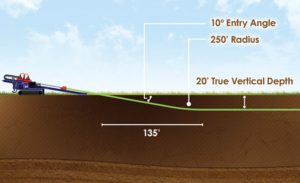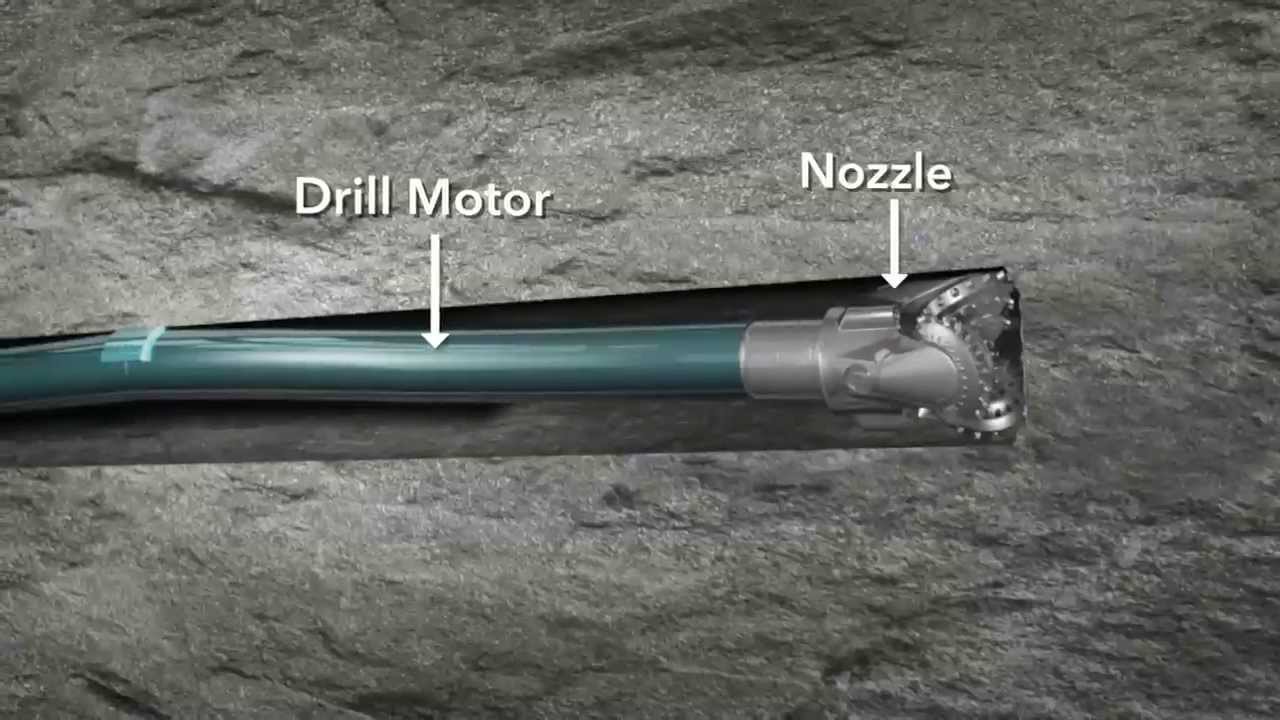Bending Boundaries: The Science of Directional Drilling
The Evolution of Directional Drilling
Directional drilling, once a niche technology, has now become a cornerstone of the oil and gas industry. This innovative technique allows engineers to access reserves that were previously inaccessible using traditional vertical drilling methods. The evolution of directional drilling has been marked by significant advancements in technology and engineering prowess. Bending Boundaries: The Science of Directional Drilling
The Basics of Directional Drilling
At its core, directional drilling involves drilling non-vertical wells to reach desired subsurface locations. This method allows operators to navigate around geological obstacles, access multiple reservoirs from a single wellbore, and minimize surface disturbance. The process begins with a vertical wellbore, which is gradually curved using specialized equipment such as downhole motors and rotary steerable systems. As the well progresses, engineers continuously monitor and adjust its trajectory to ensure it stays on course.
The Science Behind Directional Drilling
Geosteering: Navigating the Subsurface

One of the key components of directional drilling is geosteering, the process of adjusting the well’s trajectory in real-time based on geological data. This data is collected using logging-while-drilling (LWD) tools, which measure parameters such as formation resistivity, gamma ray emissions, and drilling dynamics. By analyzing this data, engineers can identify productive zones, avoid hazards such as faults or unstable formations, and optimize drilling efficiency.
Drilling Fluids: Engineering Solutions Beneath the Surface
Another critical aspect of directional drilling is the use of drilling fluids, also known as mud. These fluids serve multiple purposes, including lubricating the drill bit, carrying rock cuttings to the surface, and maintaining wellbore stability. In directional drilling, specialized drilling fluids are employed to counteract the forces exerted by gravity and wellbore deviation. By carefully controlling the rheological properties of the mud, engineers can minimize the risk of wellbore collapse and maintain precise directional control.
Applications of Directional Drilling
Oil and Gas Exploration
Directional drilling has revolutionized oil and gas exploration by enabling access to previously untapped reserves. In unconventional reservoirs such as shale formations, horizontal drilling combined with hydraulic fracturing has unlocked vast reserves of hydrocarbons. Additionally, directional drilling allows operators to maximize recovery from mature fields by accessing bypassed pay zones and extending the life of existing wells.
Environmental Benefits
Beyond its economic advantages, directional drilling also offers environmental benefits. By drilling fewer wells from centralized locations, operators can minimize surface footprint, reduce habitat disruption, and mitigate the risk of environmental contamination. Furthermore, directional drilling enables access to offshore reserves from onshore locations, eliminating the need for offshore platforms and associated environmental risks.
The Future of Directional Drilling

Technological Innovations
As technology continues to advance, the future of directional drilling looks promising. Innovations such as rotary steerable systems, electromagnetic telemetry, and autonomous drilling rigs are reshaping the industry landscape. These advancements not only enhance drilling efficiency and accuracy but also improve safety and environmental sustainability.
Expanding Horizons
Looking ahead, directional drilling is poised to play a pivotal role in unlocking new frontiers. From deepwater exploration to lunar and Martian missions, the ability to drill precisely and efficiently in challenging environments will be crucial for future energy and resource exploration efforts. By pushing the boundaries of innovation and ingenuity, directional drilling will continue to shape the future of the energy industry for generations to come. For drill it co see here.
In conclusion, directional drilling represents a remarkable convergence of science, engineering, and innovation. By bending the boundaries of what is possible, this technology has revolutionized the way we access and extract energy resources. As we look to the future, the possibilities are limitless, and directional drilling will undoubtedly remain at the forefront of exploration and discovery.

